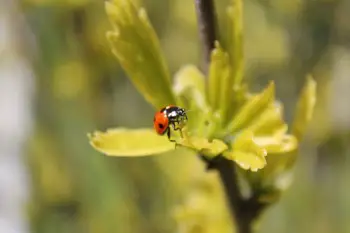We think of Ladybugs as being cute, brightly colored beetles that fly around the garden doing good things for our gardens like little fairies bringing us good luck and joy. What we forget is that it’s a big world out there and it can be a ferocious environment to be in … even for a cute beetle!
The danger that faces just about all insects is that of predators. And they must – like all wildlife – be on constant alert for dangers that could lurk around the next leaf!
Or does it? Ladybugs are perhaps a little luckier than most. They have options and deterrents when it comes to their own protection, so I’m going to present to you the armory they have at their disposal.
How Do Ladybugs Protect Themselves?
To predators, a ladybug’s unique bright coloring indicates this insect tastes bad. They have a tough outer shell and can also play dead. When provoked, or attacked, ladybugs release a foul odor. They may try to bite too. Finally, if eaten, they taste unpleasant. However, this may not deter everything.
One might think this arsenal of weapons at a Ladybug’s disposal would be sufficient to ward off any prey. After all, what creature in this world would want to eat something that tastes bad?
The 6 Defense Mechanisms of a Ladybug
Yes, in fact, they have more than one. Let’s discuss what these defense mechanisms are a little more in-depth. Here they are in brief.
- Bright colored bodies and spotted pattern deters many Predators
- A Tougher Outer shell called an elytra
- They Can ‘Play Dead’
- Once provoked, Ladybugs release a foul odor which acts as another line of defense
- Ladybugs are able to bite, if the prey is small enough and if they get chance
- Upon being eaten, the Ladybird’s taste can be unpleasant or even potentially toxic, depending on who the prey is. Saving future Ladybugs from attack.
So how do ladybugs protect themselves? Let’s explore this further to discover what might. Then later in the article, we’ll discuss other related matters.
1. Ladybugs Warning Colors
In nature, it’s common for creatures that have a defense mechanism to display warning colors. Either because they’re potentially toxic to eat, or because they carry a defense mechanism of some kind, such as a wasp that stings.
The Ladybug coloring provides sufficient warning of this to other creatures who would be looking upon them as a tasty snack. This is known as aposematic coloring. It seems to me Mother Nature decided to play fair and at least warn them first!
Creatures quickly learn to avoid certain coloration in potential prey that does not make plausible meals.
Even though some Ladybugs may perish in the pursuit of teaching the predators, the species as a whole, benefits in reducing the number of attacked and eaten members.
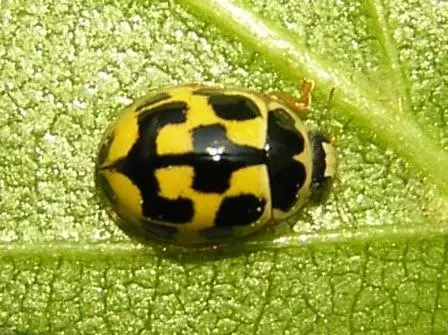
So in essence, predators might not learn of this coloration fact until they try to eat one and suffer any consequences. However, if it survives to tell the tale, the predator will avoid such creatures in the future. But this leads to a fewer number of Ladybugs being eaten.
If you want to learn more about warning colors and mimicking, you will find a good – if a
Suffice it to say, the Lady-Beetles’ varied and colorful elytra is of major benefit as a deterrent to being eaten.
2. Ladybugs Tough Outer Shell Protects Them
We should give mention the fact that the bright-colored outer shell of the Ladybird provides protection for its wings and soft inner body. This won’t deter larger predators, but smaller ones will have a tougher time finding a place to easily attack a Ladybug.
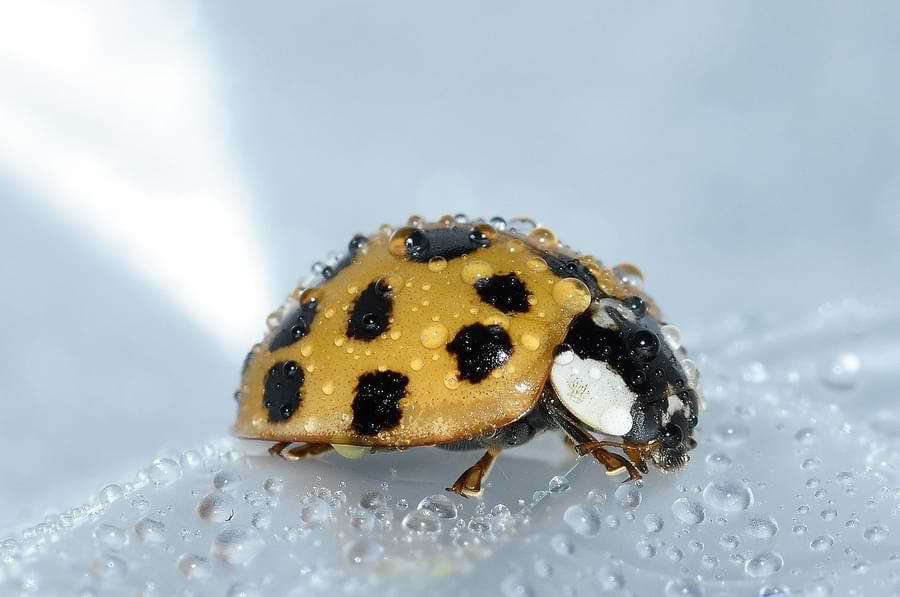
3. Ladybugs Can Play Dead
Ladybugs can also play dead, but lying still and drawing in their limbs as though lifeless – as many insects do, they will try to fool any would-be attackers that they’re not fresh live bait. They may also employ tactic number four at the same time…
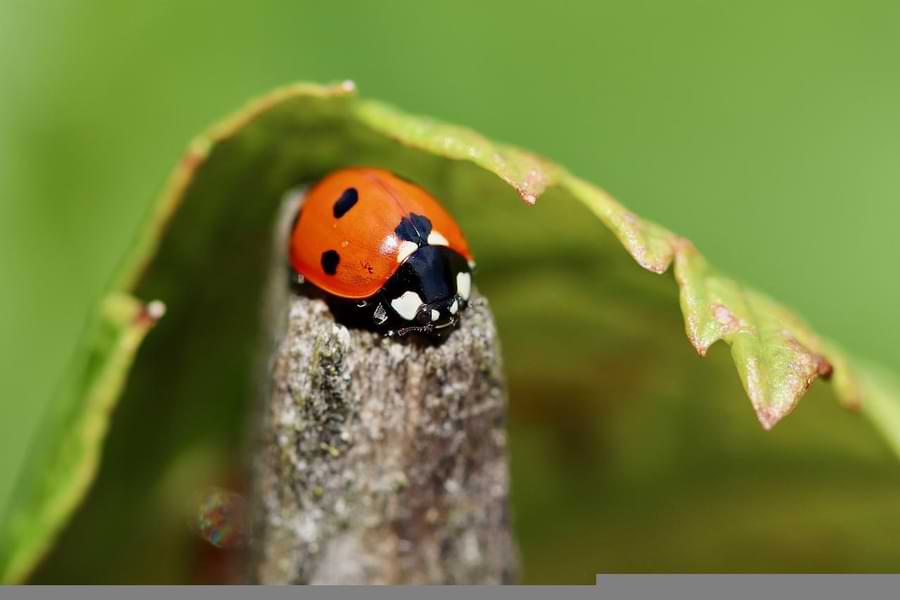
4. Ladybugs Chemical Odor as a Deterrent
When threatened, the Ladybug releases a chemical compound from special glands on its feet, commonly called ‘pyrazine’. This acts as a further warning to predators to stay clear of the beetle.
Here’s the Chemical formula for pyrazine.
Ladybugs are often found in vineyards and if significant numbers happen to be processed along with the grapes they can sour the aroma and taste of the wine.
This can cause a
Studying Ladybugs with the use of equipment such as gas chromatography and mass spectrometer, they managed to isolate the chemicals commonly known as methoxypyrazines but widely referred to as pyrazine.
This has not yet resulted in a solution for wine growers but did serve to highlight the chemical compound released by Ladybugs.
In fact, It was found that color matters, Orange Ladybugs for example release more pyrazine than Yellow Ladybugs. The deeper and more vibrant the color, the stronger the chemical odor.
For a more scientific explanation, there’s an article here based on an experiment in ‘Chemical and Engineering news.’

Quick Quiz…
How High Can a Ladybug Fly?
46 Feet, 1600 Feet, 2600 Feet, or 3600 Feet?
Find the answer here.
5. Ladybugs Bite
The Ladybug has only one more small defense at her disposal to keep her alive. That is the ability to bite. However, they mainly prey on soft-bodied insects such as aphids, so their bite is not designed for ferocious combat. You can learn more about Ladybug bites.
This also depends on if they get anywhere near able to bite their prey. Lastly, their mandibles (jaws) are not sufficient to harm most of their natural predators. All in all, this last line of defense is limited. See figure 2 below for an outline of the Ladybug’s mandibles.

6. Ladybugs Taste Bad Protects Them
In the event the Ladybug is eaten, the same chemical mix that enables them to emit their odor, also acts to cause an unpleasant taste in the mouth of their prey. At this point, of course, the Ladybug has almost certainly met
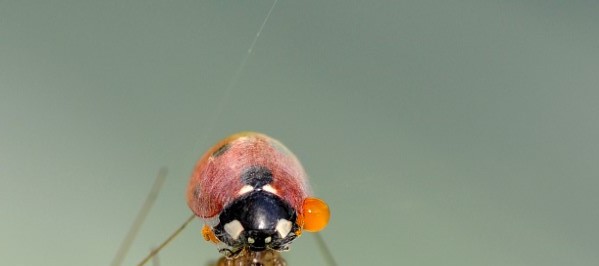
What Animals and Insects Hunt Ladybugs?
As Ladybugs protect themselves, this is closely linked to what type of creatures they need to protect themselves against. So I’ve added a trimmed-down list below to give you an idea.
For a more extensive list consult my article ‘What Eats Ladybugs’ which focuses solely on the list of what predates ladybugs.
Surprisingly, despite all their defenses, there are plenty of predators for Ladybugs, I’ve added below a list of the most commonly known predators that Ladybugs have.
They do have the ability to fend off some of these insects, for example, one Ant alone may not be enough to overcome a Ladybird, but a number of Ants working together could.
It should be noted that the same applies to Ladybug Larva as they also prey on most of these animals and insects – as well as preying on other Ladybugs!
Insects That Prey on Ladybugs
- Dragonflies
- Assassin bugs
- Ants
- Parasitic Wasps
Birds That Prey on Ladybugs
- Swallows
- Crows
- Swifts
- Magpies
- Martins
Other Predators That Prey on Ladybugs
- Fungus
- Mites
- Parasites
- Tree Frogs
- Anole
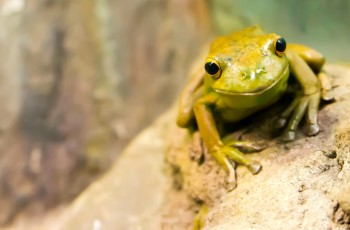
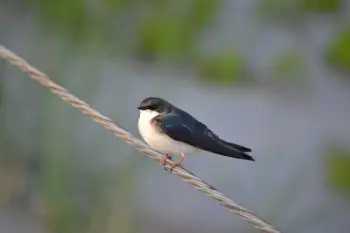
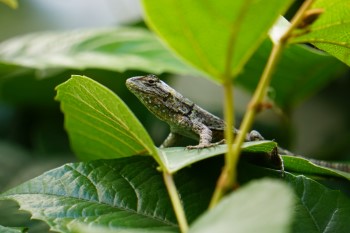

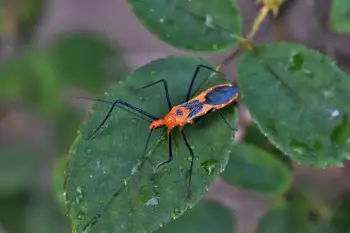
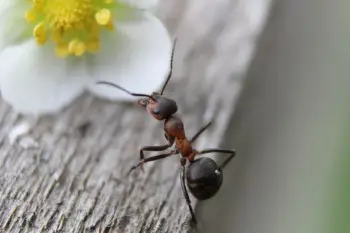
See the complete list of ladybug predators here
How do Ladybugs Protect Themselves – Conclusion
Although slightly unpleasant, I like that Ladybugs have a number of deterrents available to use. But I’m surprised that there are still insects and birds that prey upon them. I guess this is all part of Nature’s balance.
I hope this has helped you in understanding what defenses a Ladybug can deploy and what, in spite of that, still preys upon Ladybirds.
I’ll update the list of predators as and when I find out more about them but perhaps you can help me out by letting me know any sightings you have or any I may have missed.
If you’re a big fan of Ladybugs like me, then you’ll love my specially selected gift ideas, for adults and children. Some are based on the protection offered by Ladybugs, and others are wonderful stylish gifts. There are also some free education and children’s resources available there.
Or, get the ultimate guide on Ladybugs here, everything you ever wanted to know, they’re amazing creatures!
Related Questions
Are Ladybugs Poisonous? Predators who eat Ladybugs are not poisoned by them if they are a known food source. However, some insects who are not immune to ladybug toxins may be affected to varying degrees.
Are Ladybugs Poisonous To Humans? Humans are not affected by Ladybug bites and they carry no known viruses or parasites. The Lady-Beetle does not extract blood during biting and any resulting soreness should not last long. Unless you suffer an allergic reaction.
What Happens When a Ladybug Dies? If a Ladybug dies a natural death, then it is unlikely to emit any toxic smells, however, if the ladybird is squashed in any way then the released blood will emit its unique chemical odor and its blood is likely to stain most porous surfaces. See my full article on How To Tell if a Ladybug is Dead, Dying, or Hibernating

